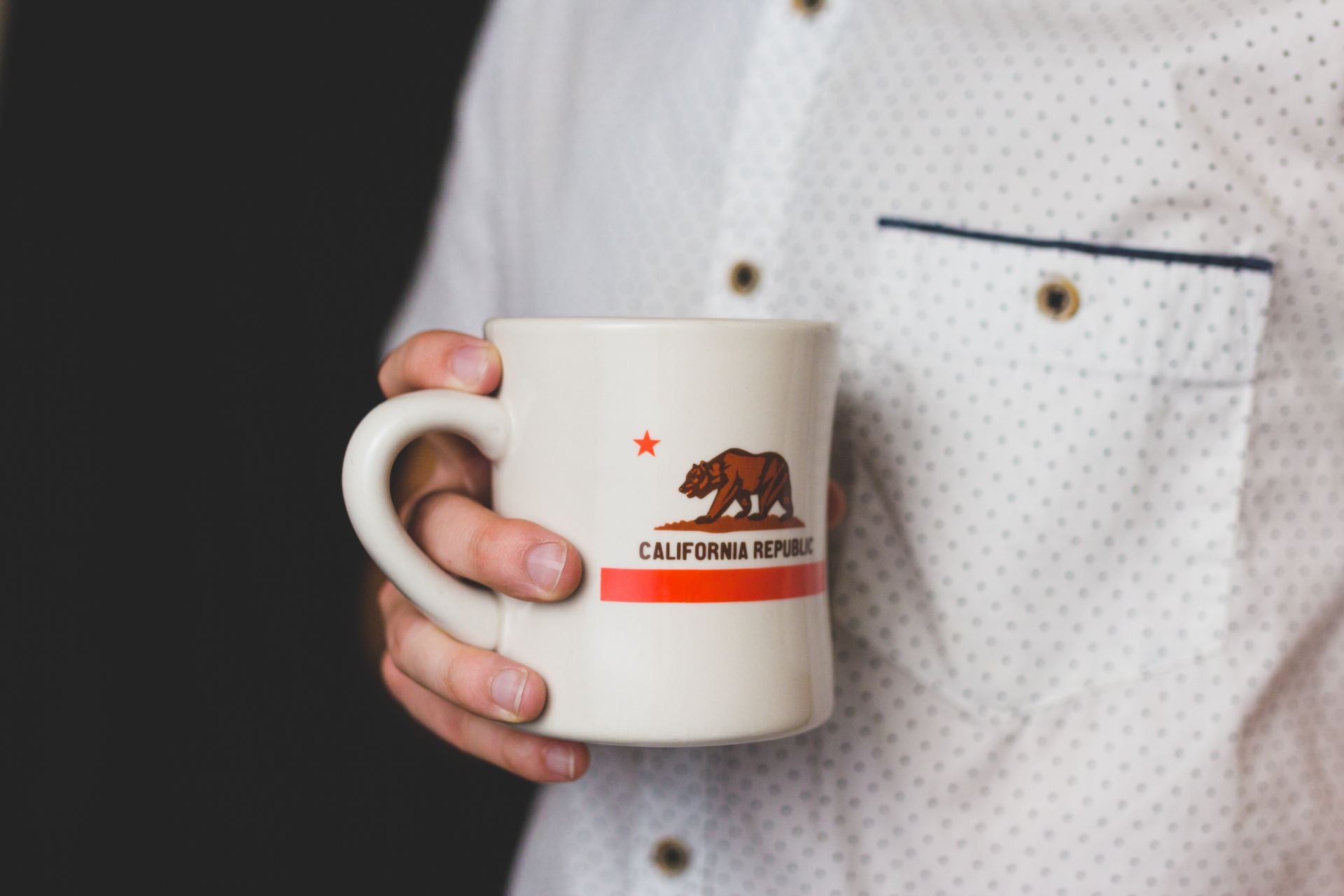
Late last week, the California Bureau of Cannabis Control (BCC), the state Department of Food and Agriculture (CDFA), and the state Department of Public Health (CDPH) published drafts of permanent rules for the Golden State’s licensed cannabis market, which can be found at the above links. The proposed regulations are currently under review by the state Office of Administrative Law (OAL) and are not yet in effect. OAL’s review is expected to be completed early this year. Public comments are not being accepted on the current drafts, which likely will form the basis of the state’s regulated cannabis market come early 2019.
Overall, the draft rules submitted by California cannabis regulators to OAL do not differ substantially from those that were proposed in late October. The BCC retained in the draft submitted to OAL perhaps its most significant change from the emergency statutes in effect currently, which is the allowance for licensed retailers and delivery services (non-storefront retailers) to deliver product to any jurisdiction in California, regardless of local government rules.
In the proposed regulations for cultivators from CDFA, a change was made from October’s draft rules. In the October rules, a cultivation site or facility that encompassed multiple licenses held by one licensee was prohibited from sharing certain areas, including restrooms, breakrooms, and hallways. The regulations currently under review by OAL and published late last week now would allow such sites or facilities to share hallways, bathrooms, and breakrooms, as well as areas for waste and the storage of pesticides and other agricultural chemicals. However, as in the October draft, areas where cannabis is processed or packaged, as well as areas where immature plants are cultivated, cannot be shared and must be partitioned by license.
CDFA’s proposed rules also state explicitly that growers holding outdoor cultivation licenses may not use light deprivation, even if they are not employing any supplemental light. This change began to take shape in previous draft rules, but again is stated explicitly in the most recent set of regulations, in addition to changes in definitions to reinforce the prohibition. As a result, cultivators using light deprivation to harvest more than once annually will be forced to gain a mixed-light cultivation permit from the state, which carries with it higher fees than a license to grow outdoors.
Additionally, elevated testing requirements were implemented by California officials beginning on December 31st, 2018. Recently, BCC provided some clarification on the matter, stating that all cannabis goods harvested or manufactured prior to December 31st can be sold if they meet applicable phase one or phase two testing requirements.
This allowance means that 2018’s outdoor harvest and any products manufactured from it prior to the final day of 2018 will be subject to the current product screening mandates, and will be exempt from terpenoid, heavy metals, and other testing that will commence on December 31st. The allowance could ease the final step of the state’s phase-in of required testing and mitigate its impact on product availability and testing lab capacity.